Hollywood and Beyond: Why You Should Move to Los Angeles
Thinking of relocating to Los Angeles, or adding a home here to your portfolio? Let five local experts take you on a tour to give you plenty of reasons why you should…
Thinking of relocating to Los Angeles, or adding a home here to your portfolio? Let five local experts take you on a tour to give you plenty of reasons why you should…
In 2003, I figured it all out: I would move to Los Angeles, become an actor and writer, find the perfect balance of rich and famous, and marry the woman of my dreams. Two decades later, I’m in L.A. and I’m a writer. Two out of five ain’t bad.
After 20 years, I still haven’t figured out Los Angeles itself, and that’s what I love about it most.
Conventional wisdom credits Dorothy Parker as having said that L.A. is “72 suburbs in search of a city.” That she’s acknowledged as the maxim’s author, despite there being no proof that it’s hers, is appropriate for a town where actors are acclaimed for saying someone else’s words. But be it Parker, or Mencken, or even one of our celebrity Housewives, they have a point. Living in L.A. is akin to living in multiple cities at once, all defined by fuzzy borders.
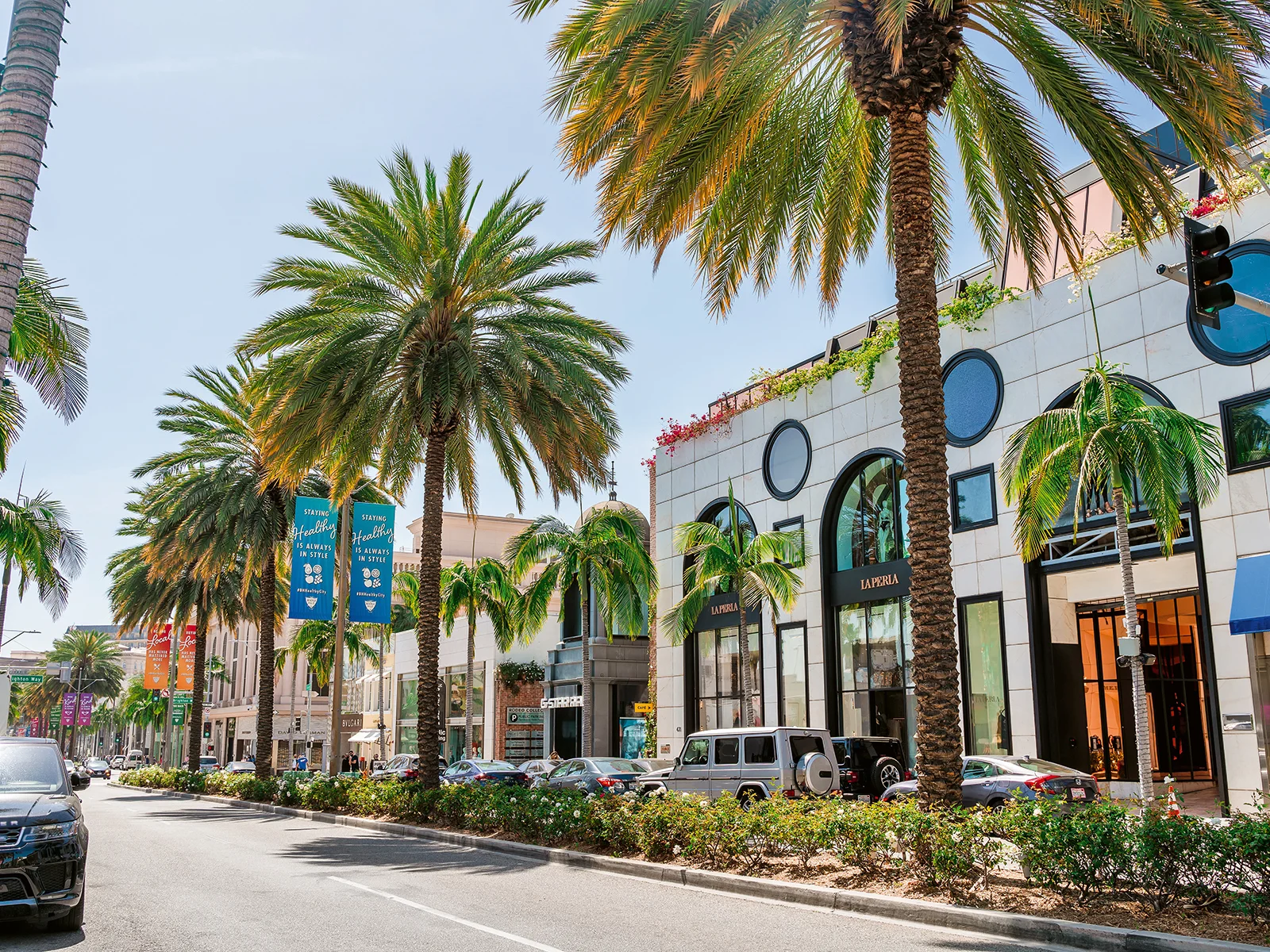
Take Santa Monica: the views from rooftop bars and restaurants such as Elephante or Calabra make for relaxing beachfront life. Beverly Hills, just down the road, lives up to its opulent reputation, with its boutiques from Louis Vuitton and Bulgari.
Keep skipping east, and you get new takes on the L.A. experience. Little Ethiopia’s restaurants are transportive; bars in Culver City are populated by workers running cables and cameras on studio productions; the LGBTQ+ nightlife of West Hollywood is both a safe space for members of the community and an inclusive party.
After 20 years, I still haven’t figured out Los Angeles, and that’s what I love about it most.
To visit Los Angeles is to take in the city’s tasting menu, an amuse bouche of what the town offers. I will never “understand” it all. But the constant siren song of being able to wrap my arms around L.A. is enough to keep me here for a lifetime.
Robert Spuhler has written for Los Angeles magazine, the San Francisco Chronicle, and the New York Times
Los Angeles has a reputation for its glowing golden beaches and its Hollywood stars, and something of a cultural vortex in between—a city of transplants where artists and thought leaders from every corner of the world convene over strip-mall suppers.
Despite L.A. being the setting for the Case Study houses—the hugely influential program to develop affordable, easily replicable homes for nuclear-family living in the post-war boom—and the professional playground for renowned designers such as Eames, Neutra, and Koenig, it only received its first UNESCO World Heritage recognition in 2019 for Frank Lloyd Wright’s Hollyhock House.
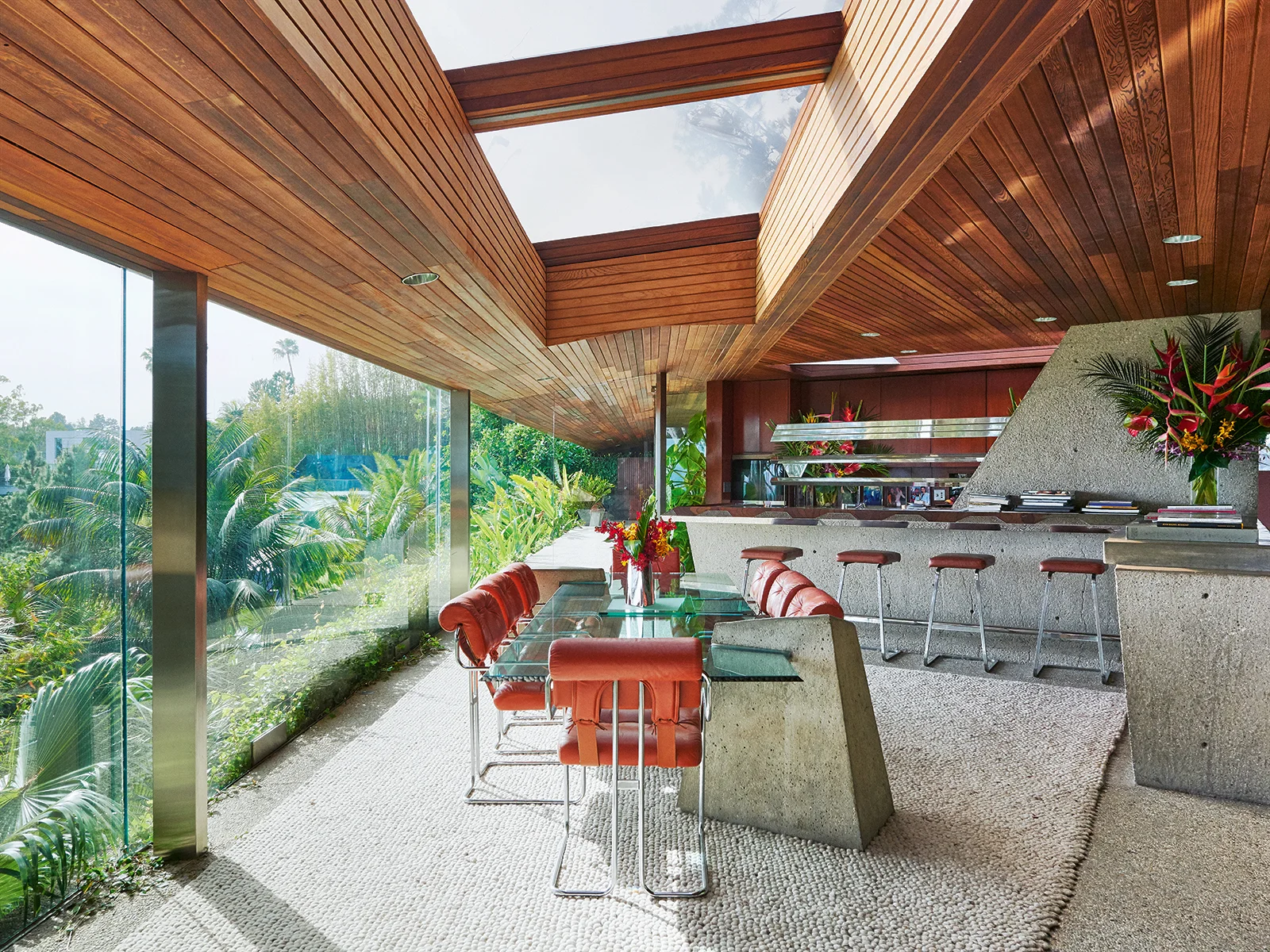
That landmark can be seen atop its perch in Barnsdall Art Park by those enjoying a view of the city from 1,000 feet (305 m) above sea level during a hike through Griffith Park. It’s from that height that I first noticed the low-rise construction of the city after I made the move the Los Angeles.
But pockets of high-rise buildings poke out of a smattering of locations. Downtown Los Angeles is home to financial skyscrapers and high-ceilinged loft apartments, while Hollywood’s hotels and Mid City’s museums offer more breaks from the flatness. Further west, Century City is home to Fox Plaza—better known as Die Hard’s Nakatomi Plaza—as good a landmark as you could hope for in a city most famous for blockbuster movies.
Fox Plaza—better known as Die Hard’s Nakatomi Plaza—as good a landmark as you could hope for in a city most famous for blockbuster movies
As an avid film fan, it was landmarks such as the giant neon clown from Circus Liquor in North Hollywood (Clueless) and the Bradbury Building in Downtown L.A. (Blade Runner) that gave me a sense of place to attach myself to. When considering the building I would love to live in, however, it has to be the Sheats-Goldstein Residence in Beverly Crest. Designed by John Lautner in 1963, it’s a Mid-Century Modern masterpiece. High in the hills, the angular concrete and glass design, with its indoor–outdoor living philosophy, was immortalized in 1998’s The Big Lebowski. It’s a true MCM beauty.
If that superficial vacation reputation still lingers for the city, any cultural vortex has been filled on the architectural side. Once you move to Los Angeles and look beyond Sunset Boulevard, L.A. can feel much more like home.
Raziq Rauf is a content creator specializing in urban geographies and international communities
“Tip the world over on its side and everything loose will land in Los Angeles.” So said the celebrated American architect Frank Lloyd Wright, whose legacy, as already mentioned, lives on in multiple masterworks throughout L.A. As a third-generation Angeleno who has heard it all about my hometown, I will opine that Wright’s remark speaks to the dizzying eclecticism of a city where more than 200 languages are spoken and that up until 170 years ago wasn’t even a part of the U.S. Indeed, it is L.A.’s uncanny ability to mix cultures, lifestyles, and sensibilities that is a big part of the draw for the 40 million-plus visitors who come here every year.
And when they come, where should they stay? Here are three of my favorite L.A. hotels.
Five decades on from its most decadent days, when the escapades of rock stars and A-list actors made unwanted headlines, Sunset Strip has lost none of its sizzle. But notably, over the past few years, The Strip has acquired a new patina of style and sophistication. Nowhere is this better experienced than at the Pendry West Hollywood. The 149-room hotel is a destination diva worthy of a location where the hallowed House of Blues once stood. Expect bold design statements the minute you enter the lobby, where you are greeted by a mesmerizing Anthony James light sculpture seen in Netflix’s Glass Onion: A Knives Out Mystery. Move past into the rooms and you’re ensconced in a design milieu described by staff as “L.A. at dusk.” That translates into Golden Age of Hollywood sumptuousness with sleek modern surfaces of natural wood and marble.
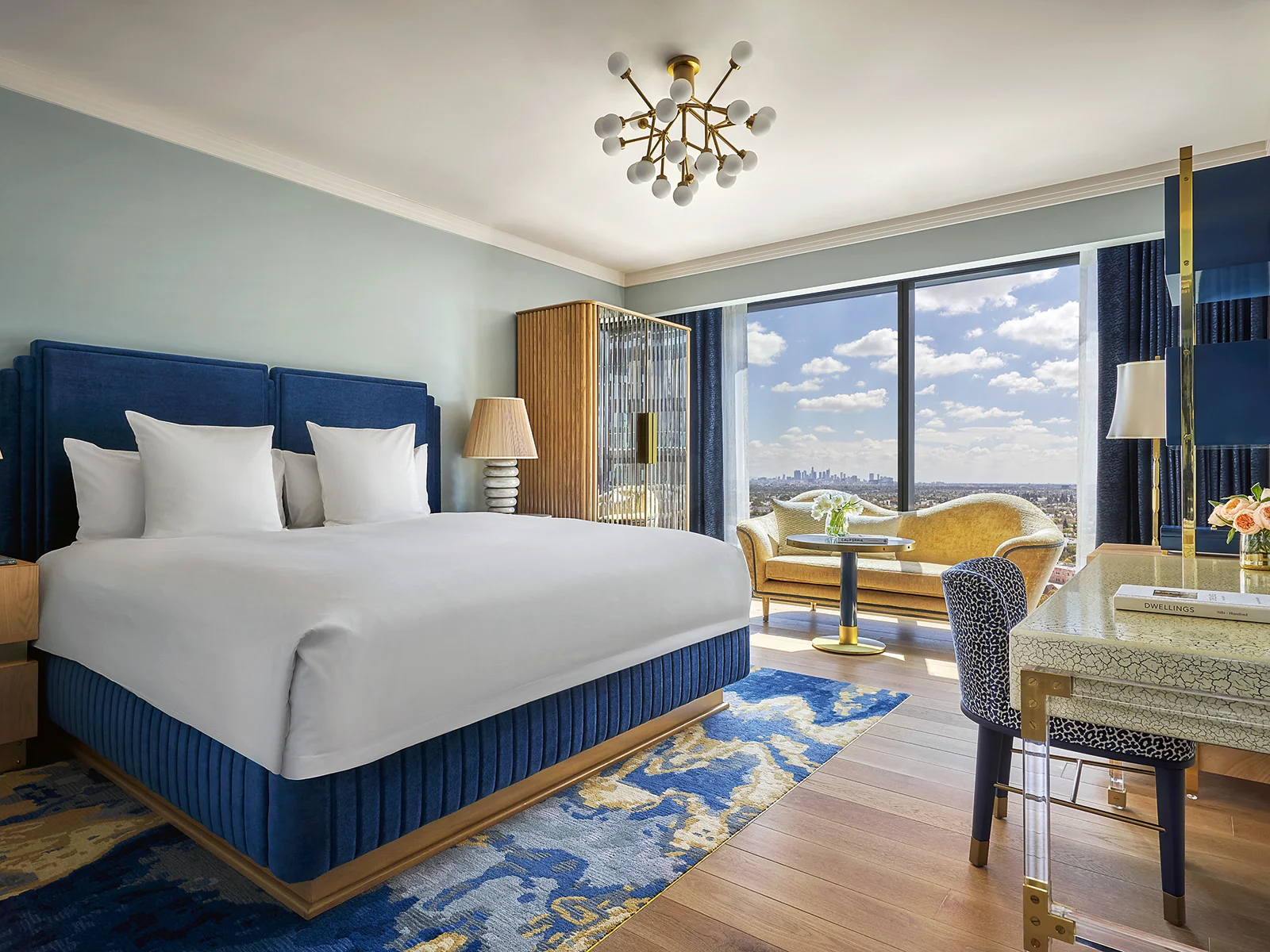
A common misconception of Los Angeles is that there is no proper city center. To visitors, the idea of a vast, 470-square-mile (1,217 sq km) city must seem daunting. But I and those who move to Los Angeles can assure you, there has always been a center since the city’s founding in 1781. It’s Downtown L.A., also known as DTLA or El Centro.
The post-war years were not kind to the city’s core, but things have changed dramatically, and hotels such as the Downtown L.A. Proper Hotel unassailably prove it. After undergoing a masterful makeover by designer Kelly Wearstler, the century-old brick building is now reborn as an art-infused, 147-room property of impeccable sensibilities. Curated vintage furniture, rugs, murals, and tiles of every hue reflect Mexican, French, Moroccan, and Old California provenance. This imbues rooms and suites with a rarefied residential feel, which reaches its apex in two specialty suites sited in a former basketball court and indoor swimming pool.
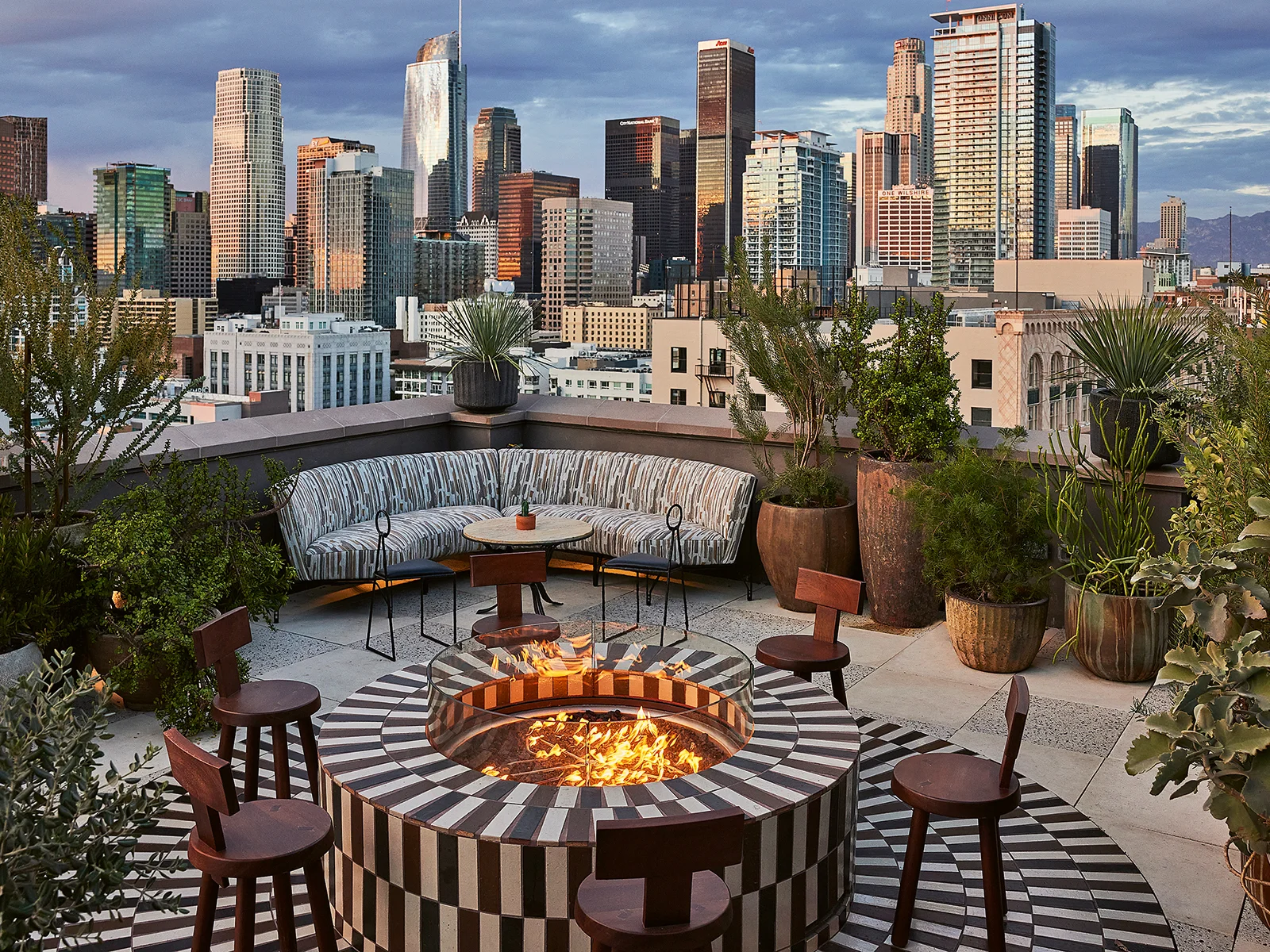
Due north at the opposite end of DTLA, Conrad, the luxury marque of Hilton Hotels, planted its flag with a flourish last summer at The Grand L.A., a new multi-use development adjacent to the city’s most prestigious cultural institutions. Conrad’s flagship West Coast property, the 305-room hotel boasts a long-list of superlatives from build to bites, and, like its Disney neighbor, is the work of Frank Gehry. The interiors by Tara Bernerd & Partners are no less impressive, echoing elements of Gehry’s vision, featuring eye-catching contours, textured fabrics, and polished surfaces rendered from tactile materials including wide-planked oak and ancient lava. The effect dovetails seamlessly into the accommodations, where pale lines and textured wood surfaces are complemented by floor-to-ceiling windows providing stellar city views.
Eric Hiss has written for Robb Report, Condé Nast Traveler, and Variety
Over the past two decades, the chefs of Los Angeles have evolved from culinary stars to directors calling the shots, striving toward a diverse food scene.
During my time as entertainment editor for my university’s newspaper, I couldn’t imagine a more exciting life than that of a rock music journalist. By the time I got to graduate school at Syracuse University, however, the dean of journalism insisted there would come a day when I would tire of the whole spectacle. He was right, and I ended up working in public relations for several years. But the pull of journalism was strong, and as I had made the move to Los Angeles I cold-called Boulevard, an L.A. magazine known for its restaurant reviews and features. The publisher said, “Send me writing samples, and we’ll talk.” As my last full-time gig was as the staff writer at a Los Angeles hospitality P.R. firm, I faxed him fact sheets, chef biographies, and new openings announcements. He called me an hour later with an assignment to cover the city’s best high tea services.
The chefs of Los Angeles have evolved from culinary stars to directors calling the shots
By then, L.A. had chefs whose names traveled beyond California, but the table was set for a new generation. It was an era when restaurateurs vied to turn L.A. into a food destination to take seriously.
Boulevard opened the door to two decades-worth of assignments requiring me to thoroughly explore the city’s culinary landscape. I witnessed talented young chefs (Curtis Stone, Neal Fraser, Ray Garcia, Ludovic Lefebvre, Roy Choi, Ori Menashe) emerging, all determined to make their establishments places of culinary adventure rather than celebrity hangouts.
Here are my three top dining recommendations.
Chef Ray Garcia, who became a hometown hero through restaurants such as Broken Spanish, heads in a fresh direction leaning heavily on seasonal vegetables, herbs, and edible flowers sourced from local growers. This ensures there is always something new to try (sunchoke rösti, maitake mushrooms with turmeric aioli, or lamb shank with charred eggplant purée, flatbread, and pickled chilis), reflecting L.A.’s multicultural makeup. As Garcia’s preparations at Asterid are as visually stunning as they are flavorful, it is fitting that it adjoins Gehry’s Walt Disney Concert Hall and is framed on the other side by The Broad museum.
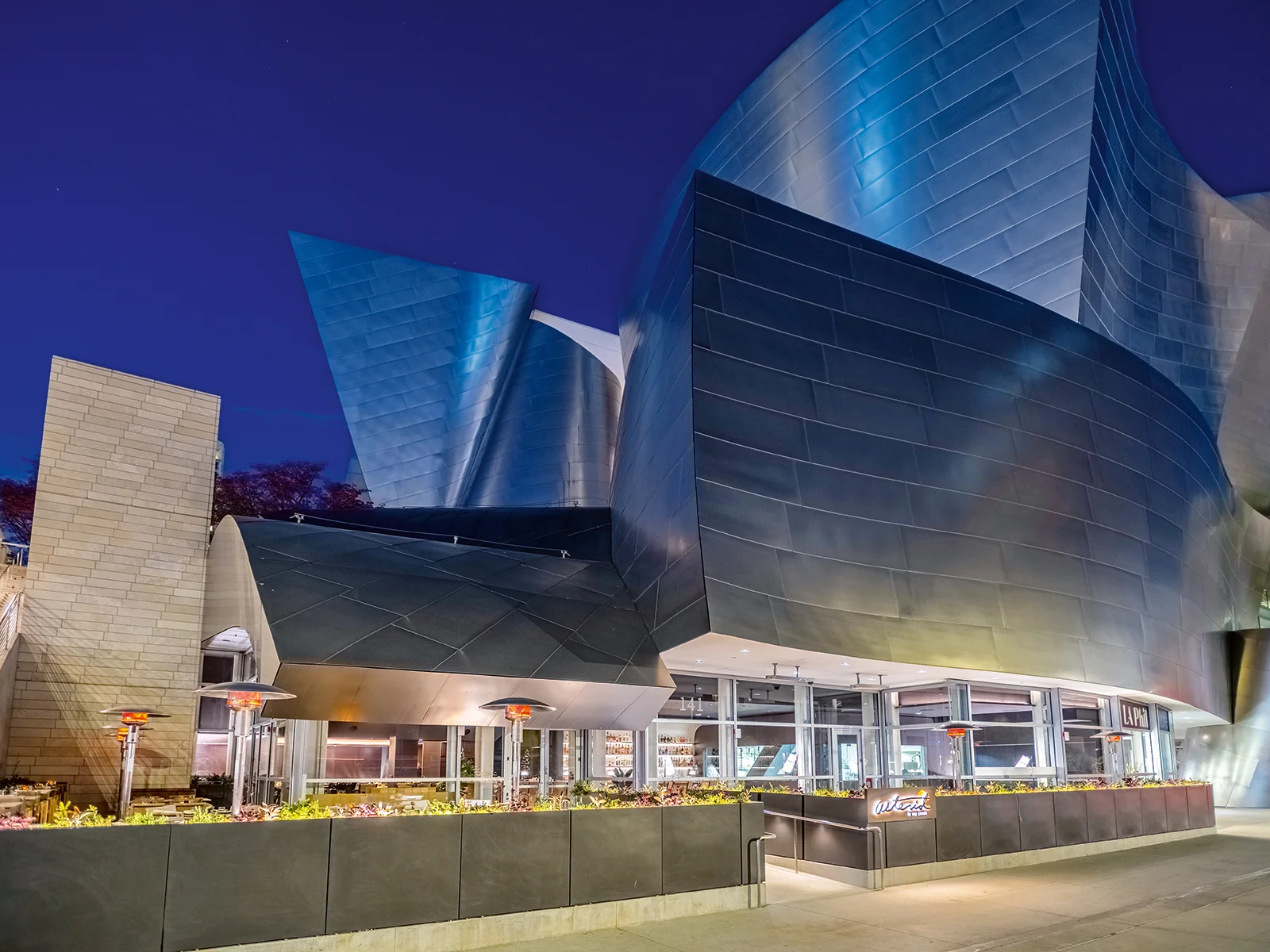
Walking into Kaviar in the L.A. Arts District expands one’s boundaries of what defines a Los Angeles sushi bar. Guests pass through an ornate Art Deco cocktail bar before going down into the dining room, which has Samurai armor on display. The menu, crafted by executive chef John Hans Yeo, chef de cuisine Roberto Rangel, and sushi chef Tengis Itka, continues the adventure with dishes uniting sustainable California-sourced ingredients and an assortment of caviar, including Aureta Caviar, named for the restaurant partner Aureta Thomollari.
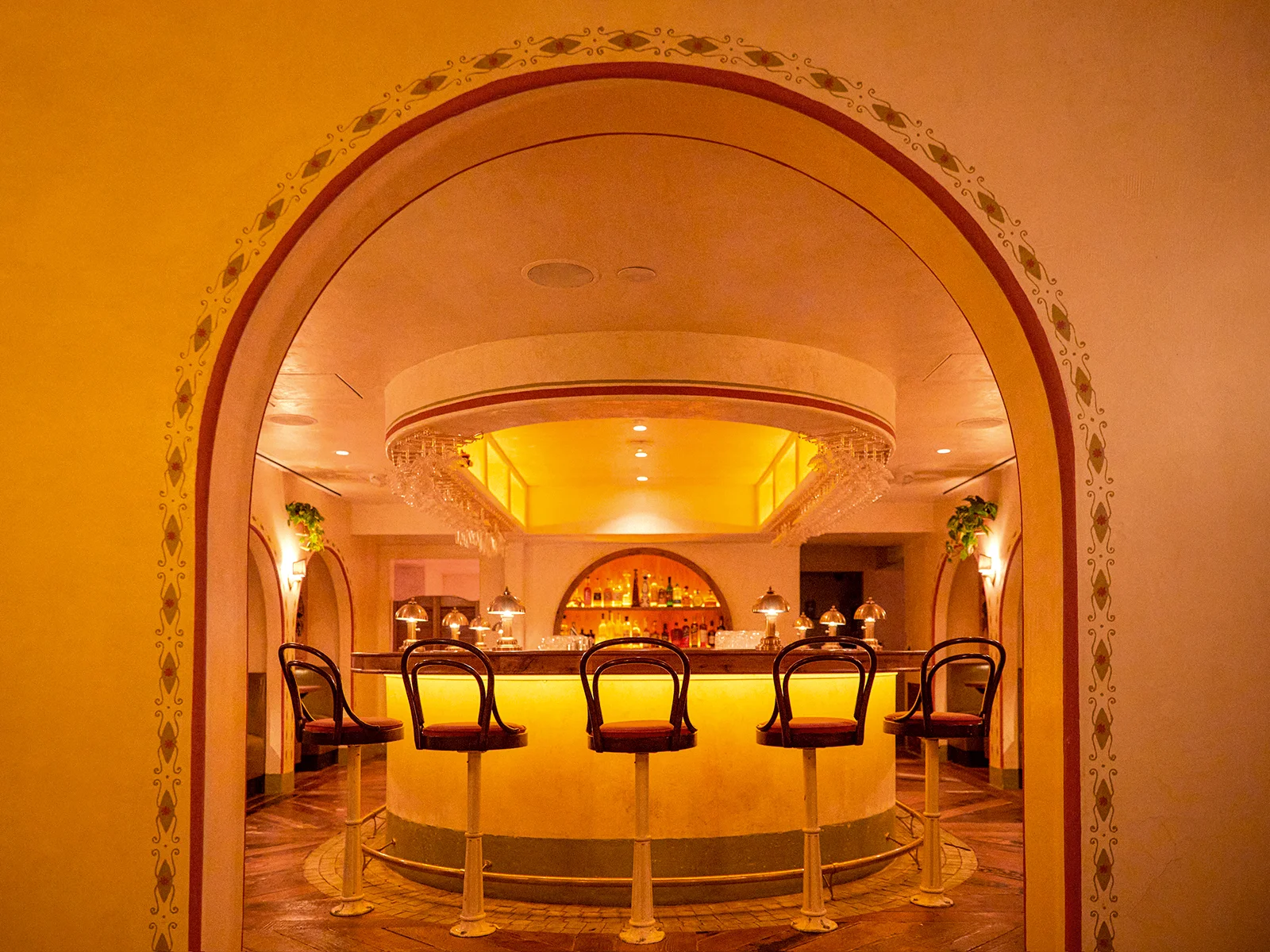
This Mexican steakhouse is tucked into the first floor of the Rodeo Collection, a Beverly Hills shopping enclave, with striking interiors that evoke the classic Mexican restaurants that were once prolific in Southern California and Baja. The kitchen team, led by chefs Alex Moreno and Viet Pham, deliver sophisticated international twists on main courses and pequeños (small plates) including beef tartare and Alaskan king crab.
Elyse Glickman has written for Taste & Travel and Global Traveler, and is founder of lucirerouge.com
It was the Mediterranean climate that drew my immigrant father to Santa Monica when he made the move to Los Angeles, but as a child growing up here, the allure for me extended far past the weather—and changed over the years. As a teen, I loved the ramshackle energy of street performers in nearby Venice Beach, the lines that snaked down Hollywood sidewalks leading into the nightclubs, the view of the city lights that sparkled like stars as we dropped from the top of the 405 freeway to visit my cousin in the San Fernando Valley.
As a young adult starting life after college, I moved from the beach scene to the city scene. The pull of West Hollywood beckoned my boyfriend and me. We harnessed that energy at the rock ’n’ roll coffee shop, where we wrote late into the night.
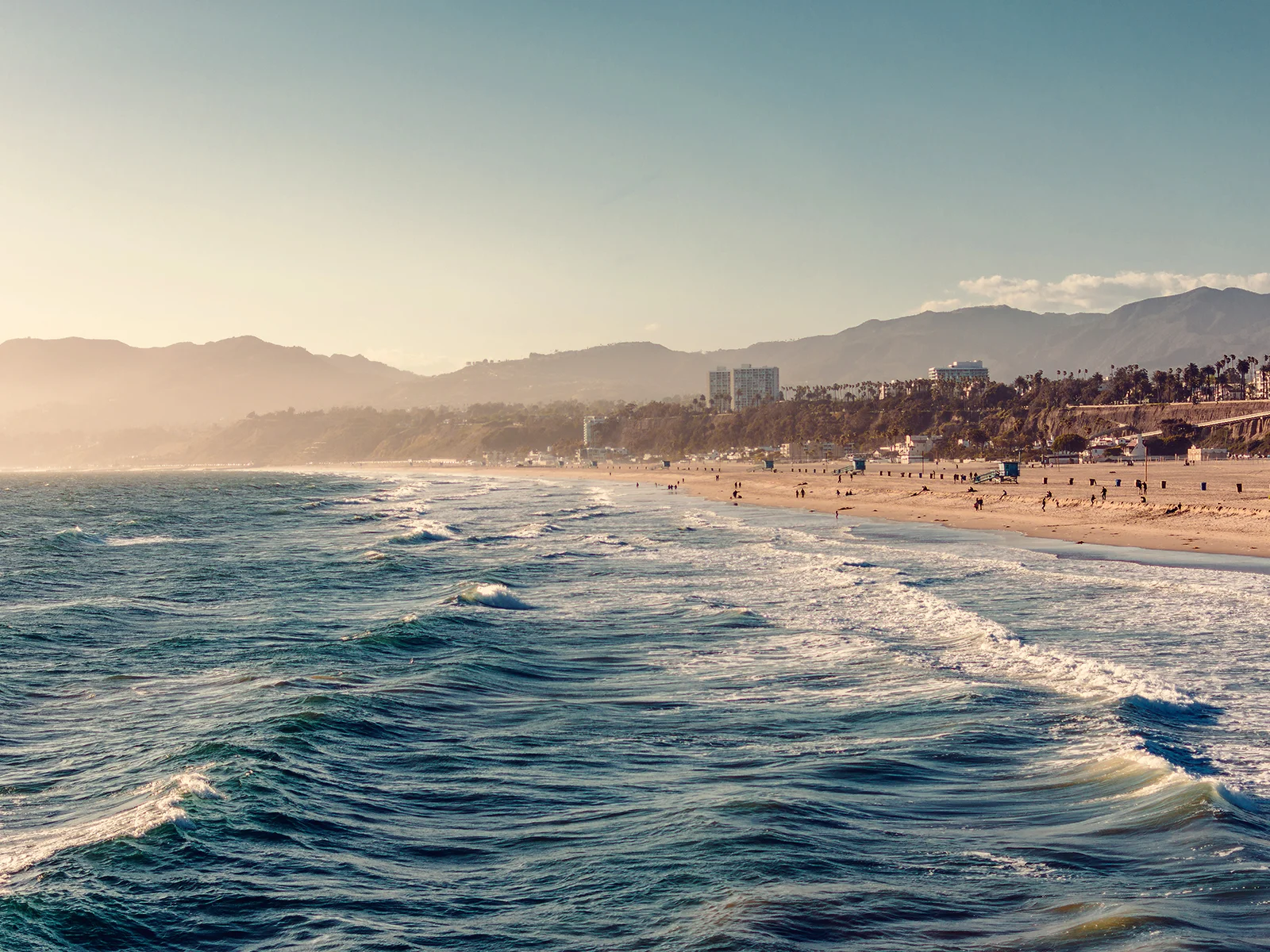
The siren call of the ocean brought me back to Marina del Rey. After work, I’d rollerblade down the boardwalk nicknamed The Strand. The salt air whipped my hair as I headed toward Santa Monica on the path from Pacific Palisades to Torrance.
Once my boyfriend and I married, I moved into his home in the countryside of Los Angeles, the West Valley. Although it’s further from the beach, it was still just a 15-minute drive—my husband and sons regularly seek out the surf. The city is full of parks where our children learned how to go down slides and ride bikes. Our life is dominated by cheers for our kids as they play on their sports teams. On weekends, we gather with friends and their kids in our backyard pool or in bowling alleys, or at concerts in the park. Over the years, my life has taken me through most of L.A., while my father knew he had found his golden space and never left Santa Monica, the city that reminded him of home.
Rina Baraz Nehdar is an award-winning travel journalist and founder of L.A. Family Travel
Inspired to relocate to Los Angeles or expand your portfolio? Explore luxury properties throughout L.A. in the current magazine issue or find more listings in the city’s booming real estate market here.
Banner image: David Livingston